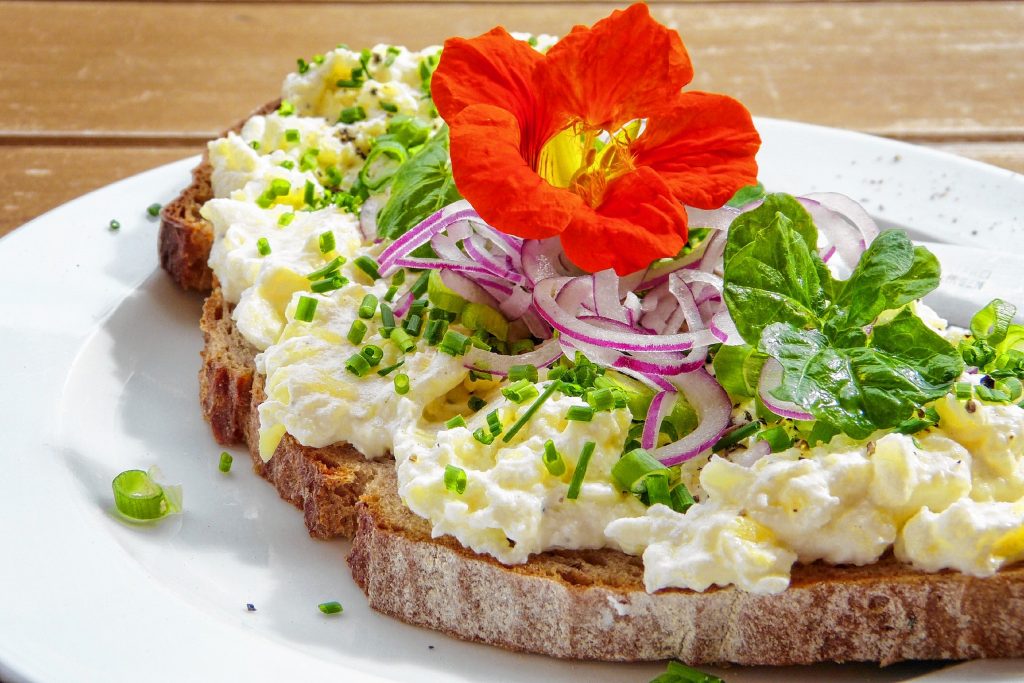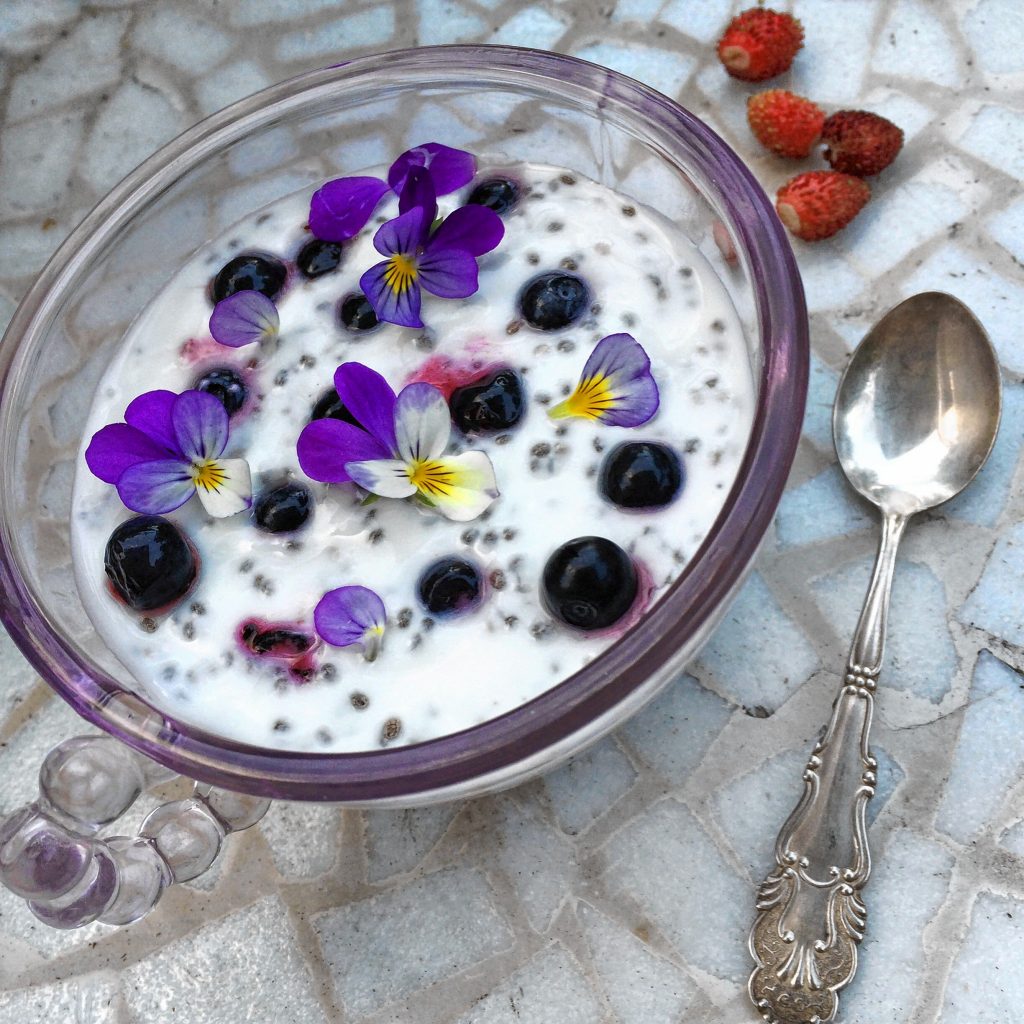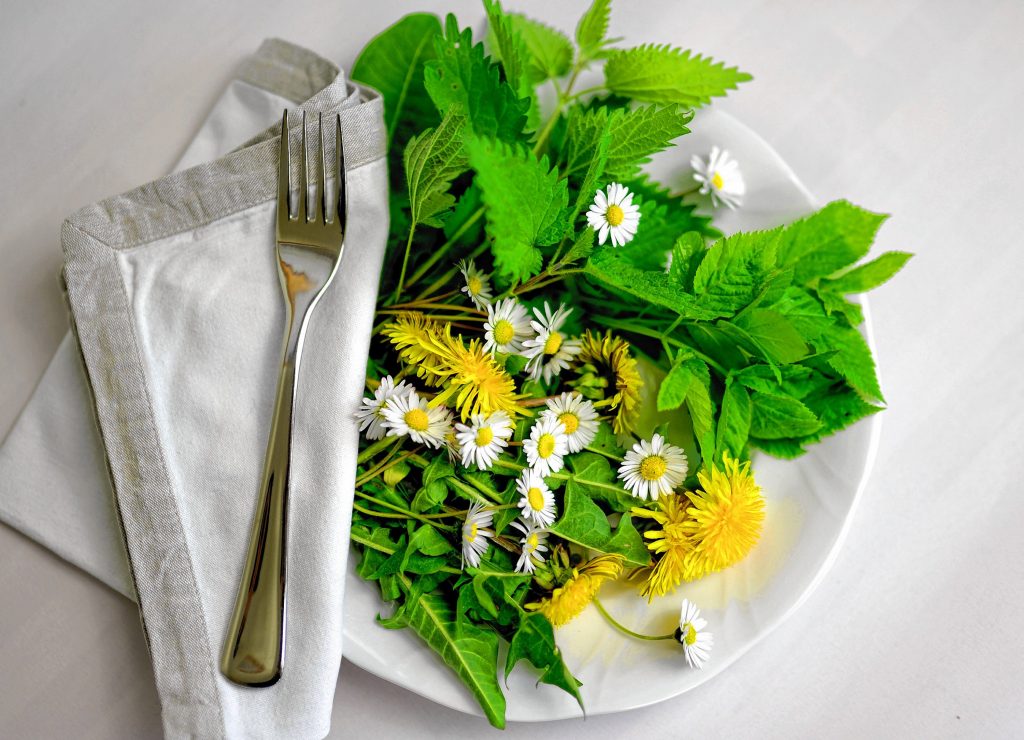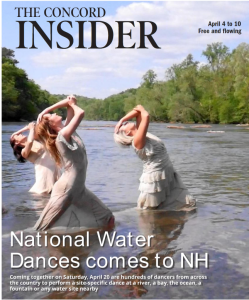What is not only pretty in your flower gardens or containers but tasty as well? How about nasturtiums, pansies and daylilies for “starters”?
Edible flowers have a long culinary history, having been used for centuries in countries all over the world to add color, aroma and flavor to food dishes. And many have health benefits as well. Flower cookery has been traced back to Roman times and to the Chinese, Middle Eastern and Indian cultures. Edible flowers were especially popular in the Victorian era during Queen Victoria’s reign.
After falling out of favor for many years, cooking and garnishing with flowers is back in vogue once again. Today, this nearly lost art is enjoying a welcome revival. Many restaurant chefs and innovative home cooks now garnish their entrees with flower blossoms for a touch of elegance or to add flavoring to their dishes. They also often mix edible flowers together with micro greens for gourmet salads.
A number of edible flowers are also beneficial to your health. Dandelions for instance, are rich in Vitamin D as are pumpkin flowers. Rose petals contain Vitamin E, lavender contains Vitamin A and hibiscus contains substantial amounts of antioxidants. Many also contain iron and even calcium. And there are certain edible flowers that aid in indigestion, insomnia and other common human maladies.
Nasturtium (Tropaeolum majus) are certainly the most well-known of the edible flowers, recognized for their spicy-scented blossoms that possess a distinct peppery tang that work well as garnishes for salads and equally well for cheese plates and the like. Nasturtiums are available in a number of yellow, red and orange varieties, are very easy to grow and flower abundantly.
Pansies (Viola spp.) and their viola relatives are probably the most popular edible flowers these days, most likely because of their beautiful and colorful “faces” and mild, slightly minty flavor — and you can eat the entire flower. Pansies are lovely in salads, candied in desserts and simply as a colorful garnish for any meal, be it savory or sweet — or to simply decorate a dish you are serving.
Calendula (Calendula officinatis), also known as “the poor man’s saffron,” calendula flowers have flavors ranging from spicy to bitter, tangy and peppery — similar to expensive imported saffron. Calendula is available in a diverse range of cheerful reds, yellows and oranges and when you use its petals in your cooking, they add a yellow tint to your dish along with their saffron-like flavor. As with most edible flowers, you need to separate the petals from the flower head. They can then be used to scatter over salads or be added to flavor butter as well as cheese and rice dishes. Petals you have dried and stored make a nice addition to winter soups.
All roses are edible and old-fashioned heirloom roses are especially delicious! Something to keep in mind though, only fragrant roses will have flavorful petals. The darker varieties of roses tend to have the most flavor, however they are all on the sweet side with overtones ranging from apple and strawberry to cinnamon and mint. Sprinkle rose petals on desserts or on top of salads for both visual appeal and taste. Freeze rose petals in ice cubes and float them in fruit punches or add them to syrups, jellies and any sweet spread. Note: Be sure to remove the more bitter, white portion of the petals before using them in a recipe.
Daylily (Hemerocallis spp.) blossoms are almost succulent and have a mild, sweet flavor, similar to romaine lettuce. Some people like to stuff the cavities of daylilies with softened cream cheese, guacamole, etc. to serve as a very admired and appreciated appetizer at summer events. One of the tastiest versions is Hemerocallis fulva, the orange daylily that grows quite exuberantly most anywhere. This species is often referred to as “Tiger Lily” however that is not correct. And as their name implies, the daylily only survives one day, therefore you will want to pick only what you can use that day.
Impatiens (Impatiens walleriana) are not commonly known as edible flowers but they are and they are probably the easiest to locate! While they do not possess a great deal of flavor, they are wonderful as a visual garnish and can also be candied. You might also want freeze them in ice cubes or drop them into a cocktail.
There are many more edible flowers and uses for them, but hopefully the ones I have touched on here will give you a good start. “Happy Gardening and Bon Appetit”!
Important: Only certain flowers are edible. Some are even poisonous, like foxglove, crocus and sweet pea. And when choosing edible flowers to eat or decorate an entrée, make certain to choose only those that are pesticide-free and chemical-free.
(Joyce Kimball lives in Bow and is a UNH Cooperative Extension accredited Master Gardener.)











